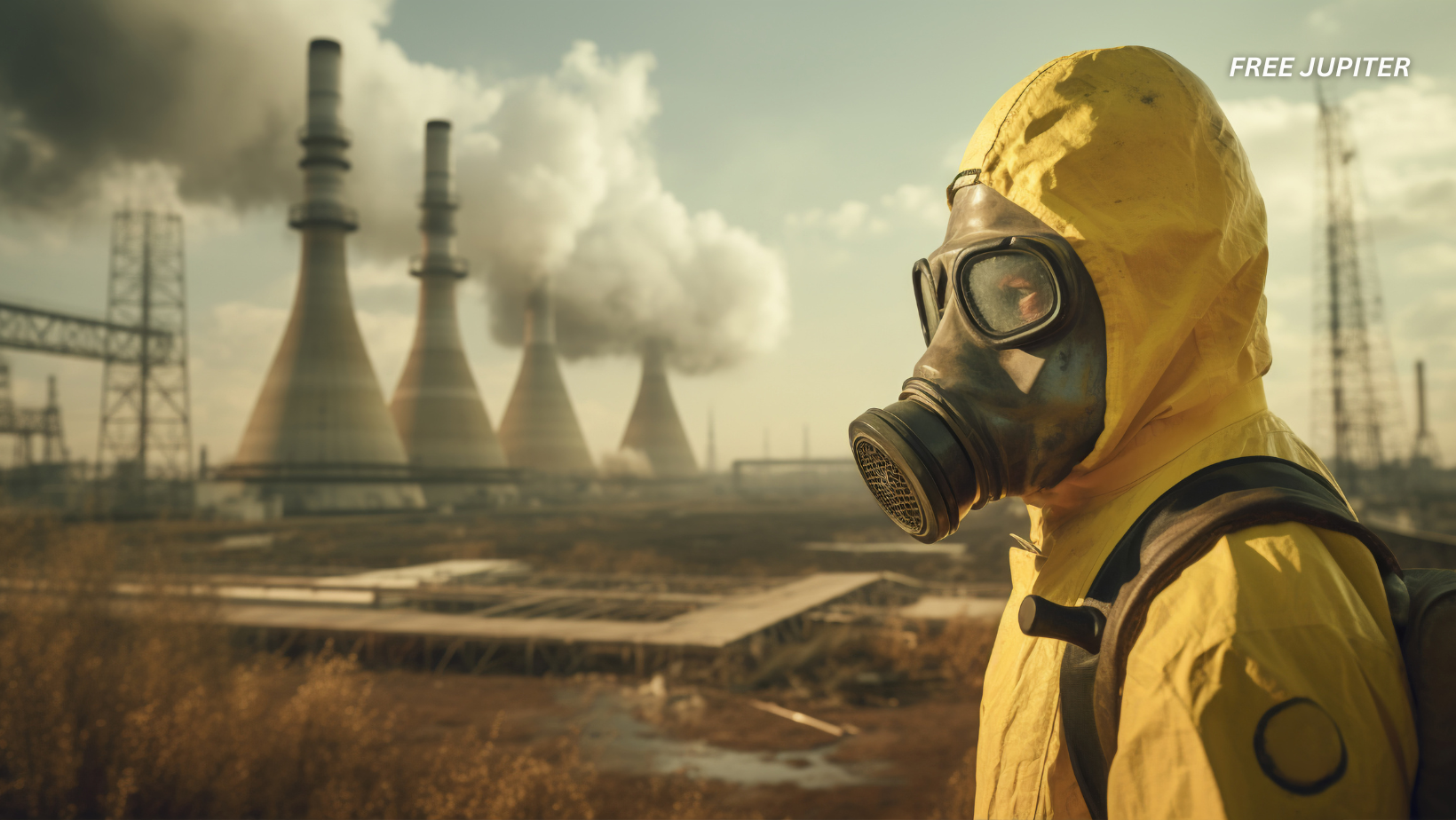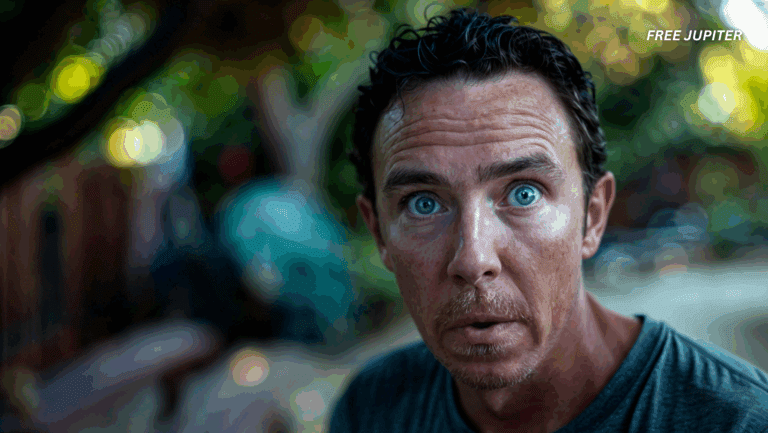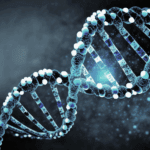For decades, a certain group of synthetic chemicals has haunted landfills, lakes, and even our drinking water. Nicknamed “forever chemicals,” PFAS are known for being impressively durable—and dangerously persistent. But in a twist worthy of a sci-fi plot, scientists have discovered a microscopic hero: a bacteria that doesn’t just survive in toxic sludge—it snacks on it.
What Exactly Are “Forever Chemicals”?
Let’s start with a brief backstory. PFAS, or per- and polyfluoroalkyl substances, are a family of thousands of man-made chemicals. They were introduced in the mid-20th century and quickly became popular because of their remarkable resistance to heat, water, and oil. You’ll find them in Teflon-coated pans, waterproof jackets, take-out containers, fast-food wrappers, firefighting foam, and even makeup.
Here’s the problem: PFAS don’t break down easily—if at all. That chemical resistance that makes your raincoat waterproof? It’s also why these substances linger in the environment forever. They’ve been detected in rivers, oceans, soil, wildlife—and yes, in the blood of humans across the globe. Even low levels of exposure have been linked to health concerns such as cancer, immune system problems, liver damage, and developmental issues in children.
For years, scientists have scrambled to figure out how to get rid of these substances. Burning them doesn’t work well, and many cleanup methods only move the chemicals from one place to another. But now, thanks to a rather resourceful strain of bacteria, there might be a light at the end of the polluted tunnel.
Read more: Teleporting Humans May No Longer Be Sci-Fi—A New Breakthrough May Have Made It Possible
The Tiny Organism With a Big Appetite
At the center of this breakthrough is Labrys portucalensis F11—a mouthful of a name for a microscopic marvel. This bacteria was discovered in Portugal in the dirt of an old industrial site. And what makes it special? It has the rare ability to actually break apart PFAS molecules and use them as food.
Scientists at the University at Buffalo, led by Dr. Diana Aga, studied this strain’s behavior in the lab. They gave the bacteria a buffet of PFAS compounds—but no other source of carbon to munch on. Remarkably, over 100 days, F11 devoured more than 90% of one of the most infamous PFAS chemicals: PFOS (perfluorooctane sulfonic acid).
Now, to put that in perspective, PFOS is not some lightweight. It’s one of the most durable and widespread PFAS variants, so much so that the U.S. Environmental Protection Agency labeled it hazardous in 2022. And yet, this humble bacterium steadily broke it down.
Even more exciting? F11 also tackled two other PFAS chemicals—digesting over half of one (5:3 fluorotelomer carboxylic acid) and nearly a quarter of another (6:2 fluorotelomer sulfonate) in the same timeframe.
Why Is This So Revolutionary?
The carbon-fluorine bond found in PFAS is one of the strongest in all of chemistry. Think of it as superglue on steroids. Most microbes can’t touch it, let alone break it. But F11 isn’t your average microbe. Through evolution, it developed a kind of chemical scissors that allow it to snip these bonds, releasing fluorine atoms and freeing up carbon atoms it can use for energy.
It’s like discovering that a picky eater suddenly developed a taste for plastic—and found a way to digest it.
The researchers also went a step further than most similar studies. They didn’t just measure how much PFAS disappeared—they looked at what happened to the leftover bits. When PFAS break down, they can produce smaller, sometimes equally harmful, byproducts called metabolites. And guess what? F11 wasn’t just eating the main course—it was cleaning up the crumbs, too. Some of those byproducts were degraded down to such tiny traces that they could barely be detected.
How Did This Mutation Happen?
Nature is full of surprises, especially when it’s backed into a corner. Bacteria that live in contaminated soil are under constant stress, often lacking the nutrients they need. Over time, some evolve in unusual ways just to survive.
As Dr. Aga explains, “If a bacterium is surrounded by toxic chemicals and nothing else to eat, it either adapts—or it dies.” F11 is a survivor. It may have slowly developed enzymes that allowed it to break down synthetic pollutants and turn them into usable nutrients.
Before this discovery, F11 had already shown it could remove fluorine atoms from pharmaceutical pollutants. But this was the first time it had been tested on PFAS, and the results were beyond encouraging.
Read more: Surgeons Have Achieved The First-Ever Robotic Heart Transplant Without Any Chest Cuts
So, What’s the Catch?
Here’s the not-so-glamorous reality: the bacteria didn’t work fast. In the study, it took F11 more than three months to digest most of the PFAS. And remember, it had no competition—there were no other carbon sources to distract it.
In the real world, bacteria would be surrounded by far easier snacks like dead leaves, sugars, or other organic matter. Given a choice, it might ignore PFAS completely.
This means researchers now have to figure out how to trick or encourage F11 to keep choosing PFAS, even when tastier options are on the table. One idea is to offer limited amounts of other carbon sources—just enough to keep the bacteria alive and thriving, but not enough to tempt them away from their chemical feast.
What Comes Next? A Bacterial Cleanup Crew
The long-term dream? Using bacteria like F11 to clean up polluted soil and water through a method called bioaugmentation. This would involve either introducing F11 directly into contaminated environments or nurturing it in controlled systems like wastewater treatment plants.
Think of it as bringing in a specialized clean-up crew that targets PFAS while leaving other substances untouched.
In wastewater systems, F11 could be added to the mix of existing bacteria to speed up PFAS removal. It’s a bit like recruiting a specialist to help out an overworked team.
But this approach hasn’t yet been used in the real world—at least not with PFAS. Scientists will need to run field trials, test the method under different conditions, and make sure there are no unintended consequences. After all, you wouldn’t want to introduce a new microbe into the wild without knowing exactly what it will do.
Read more: Stephen Hawking’s Final Research Paper May Have Predicted The End Of The Universe
Why This Matters for All of Us
PFAS contamination isn’t a niche issue. These chemicals have been found in Arctic ice, rainwater, and even the human bloodstream. And because they don’t break down naturally, they’re only becoming more widespread. If left unchecked, the pollution—and the health risks—will continue to grow.
Discoveries like F11 offer a glimmer of hope. Instead of relying solely on costly chemical treatments or energy-intensive methods, we might eventually let nature handle the cleanup for us.
Of course, we’re not there yet. But with more research, time, and perhaps a bit of bacterial persuasion, this humble microbe might help us tackle one of the biggest environmental challenges of our era.










